#canada is european
Text
>makes a point about taking high-value-added production out of the hands of the global south at coup-point
>anarcho makes a smug point about a european country taking unrefined materials out of the hands of the global south at coup-point & taking the profits from the value-add of that extraction process as if it somehow undermines the first point (allthewhile ignoring the mass refinery industries in canada [1] [2] [3] [4] [5] [6] [i can go on])
>hundreds of the most gullible anticommunist schmucks actually think thats a good counter & reblog to own the tankies
#canada is european#& most of the unrefined exports of canada are domestically extracted crude petroleum#& GUESS WHO BUYS 97% OF THAT CRUDE YOU'LL NEVER GUESS#(hint its the country that has the most pipelines across their shared border)#((wonder how many countries have shared borders with canada....its a mystery))#crude petrol is like the only major commodity that canada doesnt do most of the refinement in....#tho they do refine enough to.........get this........satisfy their domestic consumption needs#while having enough leftover to export#& guess what....they actually did export comparable amount of refined/value-added petroleum products vs their crude exports til like...#...the mid 00's#even if all this easily searchable refinement wasnt the case.....'we take the profits from your extraction' is still taking added-value....#'unworked land' vs 'worked land' is a value-add........like duh
41 notes
·
View notes
Text








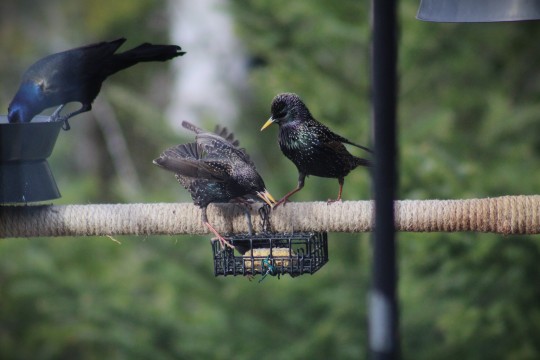




#EuropeanStarling
So this morning I captured on camera (thru my bay window) some European Starlings at their best … just for the fun of it. Here they are Terri
@BenAdrienProulx
April 19th, 2024.
#European Starling#Wildlife Need Protection#IUCN#International Union for Conservation of Nature#ECCC#Environment and Climate Change Canada#FeederWatch#Count Feeder Birds for Science#NCC#Nature Conservancy of Canada#Nature Photography#Nature Canada#Wild Bird Photography#Wildlife Photography#Animal Photography#Mountainous Parts of the Northern Hemisphere#Canada#The RavenKeeper
386 notes
·
View notes
Text
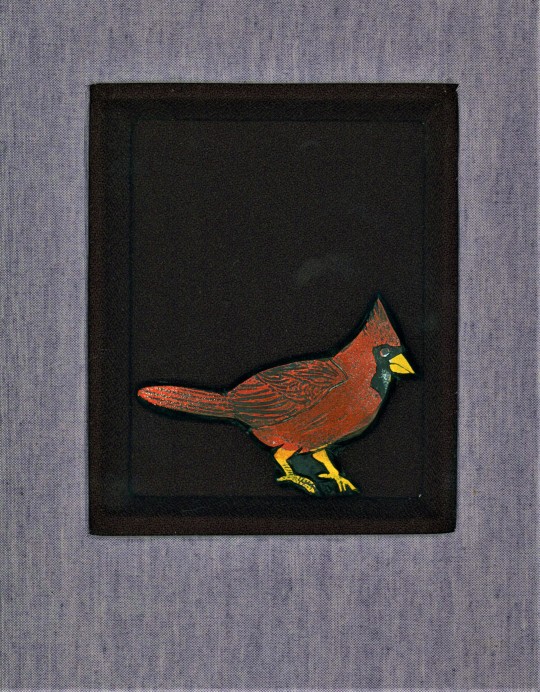
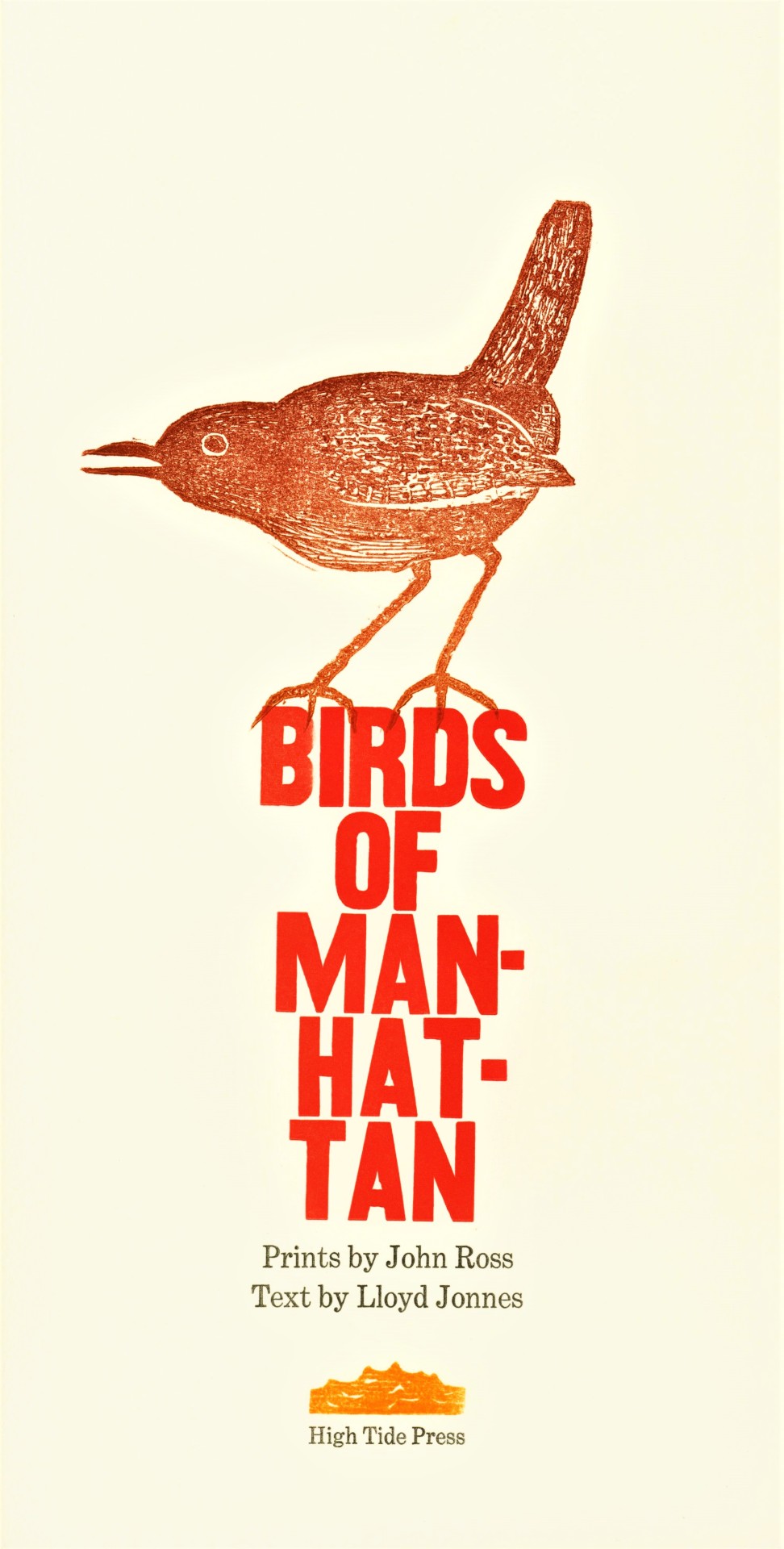





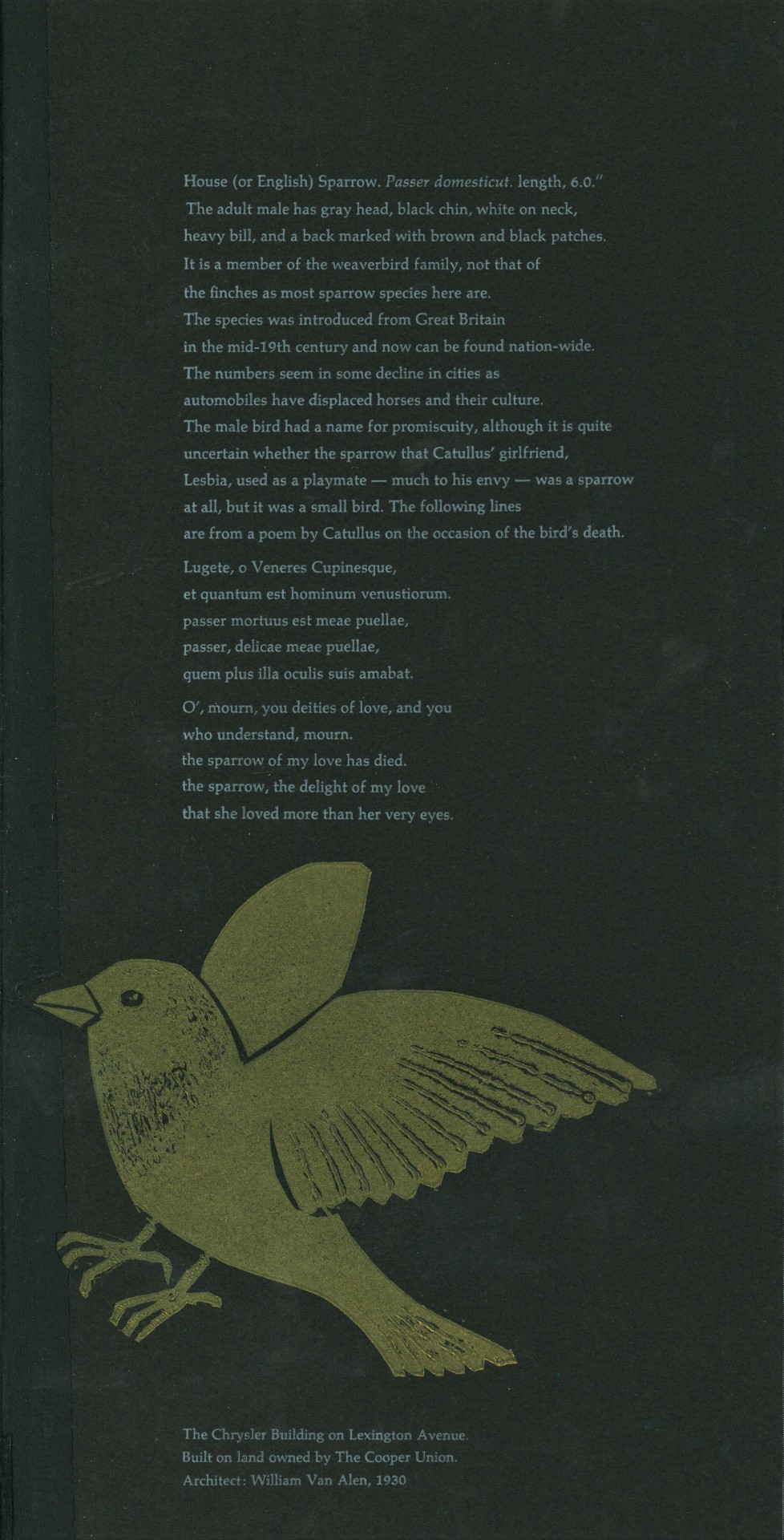
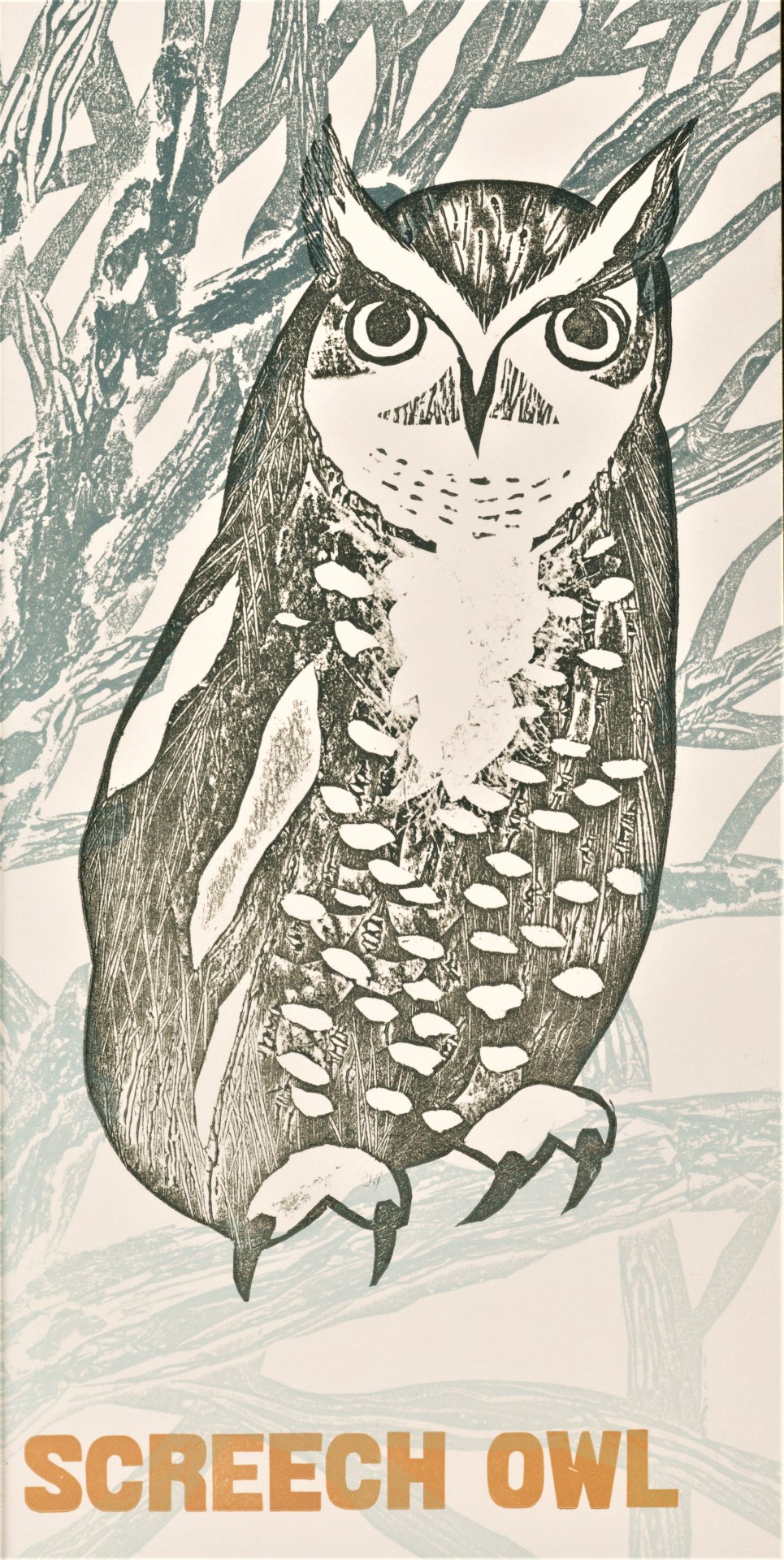


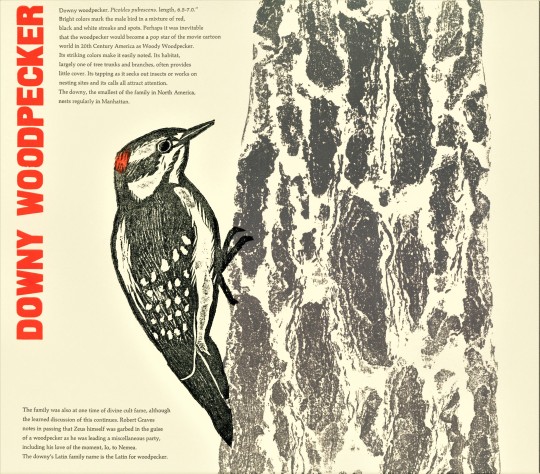
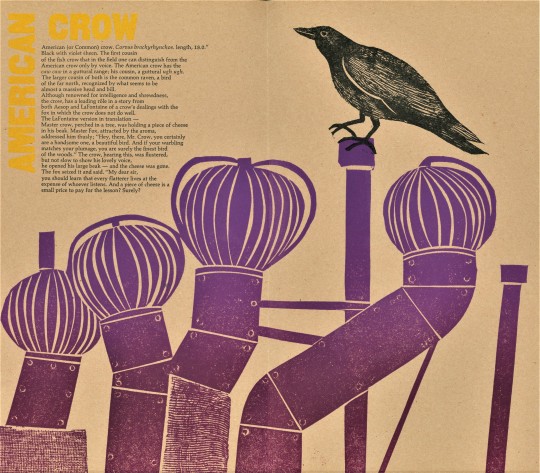


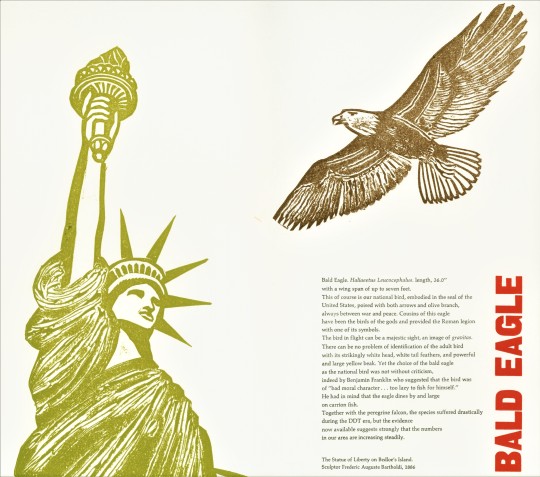
A Big Apple Feathursday
These collagraph prints by American artist, educator, and printer John Ross (1921-1917), made for the 1998 Birds of Manhattan, depict a few of the more common birds of that island against various architectural features of the city. It's sometimes easy to forget how biodiverse Manhattan is, particularly in bird life. Manhattan lies on the eastern route of the Atlantic flyway, so it receives many visitors as well as serving as a year-round residence for many species of birds.
The book, another donation form the estate of our late friend Dennis Bayuzick, was conceived, designed, illustrated and printed in an edition of 40 copies by John Ross at his East Hampton, New York High Tide Press in collaboration with relief aid officer and Greek and Latin scholar Lloyd Jonnes, who wrote the text. The binding, with its inset painted relief of a Cardinal, is by James D. Marcantonio at his Hope Bindery in Providence, R.I. This book was selected for the 1998 “50 Books / 50 Covers” by the American Institute for Graphic Arts in New York.
View another post on work by John Ross.
View more Feathursday posts.
#Feathursday#John Ross#Birds of Manhattan#collagraphs#High Tide Press#Lloyd Jonnes#James D. Marcantonio#Hope Bindery#Herring Gull#Rock Dove#Northern Cardinal#Barn Swallow#House Sparrow#Screech Owl#Peregrine Falcon#European Starling#Downy Woodpecker#American Crow#Great Blue Heron#Canada Goose#Bald Eagle#House Wren#birds#birbs!
261 notes
·
View notes
Text
additionally, add what region of the world youre from in the tags ^-^
#as i was talkimg to some europeans they said round knobs werent really a thing where they are#which is crazy cuz its the default in us/canada#coyote.txt#polls
64 notes
·
View notes
Text
#TilesOnTuesday:

William De Morgan (English, 1839-1917)
Stork and Frog Tile
c. 1872-1881
earthenware with copper lustre glazing
15.5 x 15.5 cm
National Gallery of Canada 39225
#animals in art#birds in art#bird#stork#frog#tilework#tile#monochrome#ceramics#English art#European art#British art#decorative arts#19th century art#National Gallery of Canada#Tiles on Tuesday
221 notes
·
View notes
Text

SUMMARY: An agent works for a secretive organization that uses brain-implant technology to inhabit other people's bodies - ultimately driving them to commit assassinations for high-paying clients.
Part of the beauty of this movie for the mod is the way it captures the innate horror of not understanding or not feeling at home in your own body. The strangeness of having to practice the most mundane greetings or conversations because you don’t know how to do them correctly anymore.
It’s just a really good movie beyond that.
#possessor (2020)#science fiction#psychological horror#2020s#canada#united kingdom#north american movie#european movie#mentionable warning#child death#horror#movie#poll#more than 50% havent heard
75 notes
·
View notes
Text
Hey friends from countries where Käärijä isn't touring
Please don't hate on him.
I understand the bitterness, I would LOVE to see him live too.
But there might be a million reasons why he's not going to our countries. Schedule conflicts, booking conflicts, later dates tba, his management, etc etc. We don't know the behind the scenes
But if you have to be angry, don't direct this anger at him. He's exhausted, and doing his best.
#käärijä#i've seen a lot of anger in the tag and it really saddens me#but ultimately i get it#you wouldn't believe the amount of artists touring the whole us and not even LOOKING at canada lol#also he's already doing 40 gigs in finland plus the small european tour that's a LOT
154 notes
·
View notes
Text
lewis hamilton fulfills one of his dreams by driving ayrton senna's mp4/4, on an episode of top gear - 2010
#lewis hamilton#ayrton senna#f1#formula 1#flashback fic ref#flashback fic ref 2010#not a race#2010 not a race#between canada and valencia 2010#between canada and european 2010#jeremy clarkson#tw transphobe#(note to self: episode aired july 25 2010)
53 notes
·
View notes
Text


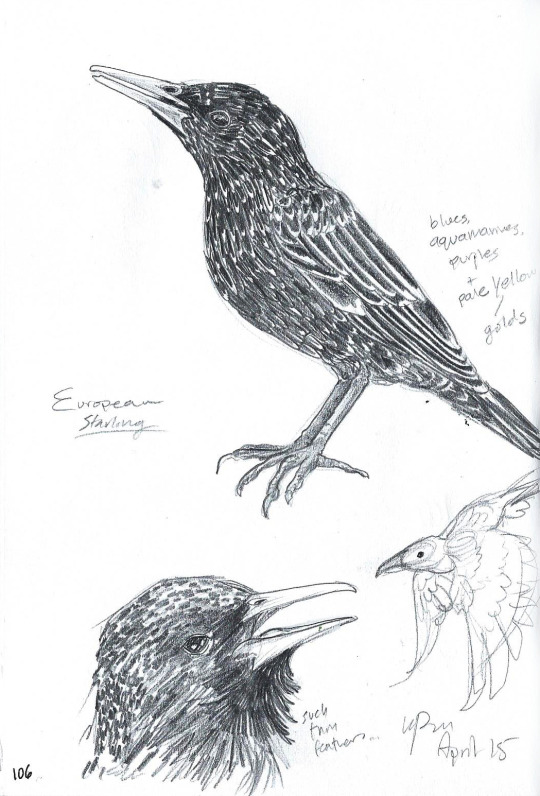
some bird sketches from April
ko-fi | insta | etsy
#my art#artists on tumblr#traditional art#art#bird art#bird#swallow#swallow bird#daily sketchbook#sketchbook#sketchbook art#pencil sketch#starling#european starling#pelican#mud hen#great blue heron#canada goose#waterfowl
20 notes
·
View notes
Text
Nothing in the past, moreover, gave any cause to suspect ginseng’s presence so far away. Or even closer by: since antiquity, for well over a millennium, the ginseng consumed in all of East Asia had come from just one area -- the northeast mountainous lands straddling Manchuria and Korea. No one had found it anywhere else. No one was even thinking, now, to look elsewhere. The [...] [French traveler] Joseph-Francois Lafitau didn’t know this. He had been [...] visiting Quebec on mission business in October of 1715 [...]. He began to search for ginseng. [...] [T]hen one day he spotted it [...]. Ginseng did indeed grow in North America. [...]
Prior to the nuclear disaster in the spring of 2011, few outside Japan could have placed Fukushima on a map of the world. In the geography of ginseng, however, it had long been a significant site. The Edo period domain of Aizu, which was located here, had been the first to try to grow the plant on Japanese soil, and over the course of the following centuries, Fukushima, together with Nagano prefecture, has accounted for the overwhelming majority of ginseng production in the country.
Aizu’s pioneering trials in cultivation began in 1716 – by coincidence, exactly the same year that Lafitau found the plant growing wild in the forests of Canada. [...]
---
Since the 1670s the numbers of people [in Japan] clamoring for access to the drug had swelled enormously, and this demand had to be met entirely through imports. The attempt to cultivate ginseng in Aizu -- and soon after, many other domains -- was a response to a fiscal crisis.
Massive sums of silver were flowing out of the country to pay for ginseng and other drugs [...]. Arai Hakuseki, the chief policy maker [...], calculated that no less than 75% of the country’s gold, and 25% of its silver had drained out of Japan [to pay for imports] [...]. Expenditures for ginseng were particularly egregious [...]: in the half-century between 1670s through the mid-1720s that marked the height of ginseng fever in Japan, officially recorded yearly imports of Korean ginseng through Tsushima sometimes reached as much as four to five thousand kin (approx. 2.4–3 metric tons).
What was to be done? [...] The drain of bullion was unrelenting. [...] [T]he shogunate repeatedly debased its currency, minting coins that bore the same denomination, but contained progressively less silver. Whereas the large silver coin first issued in 1601 had been 80% pure, the version issued in 1695 was only 64% silver, and the 1703 mint just 50%. Naturally enough, ginseng dealers in Korea were indifferent to the quandaries of the Japanese rulers, and insisted on payment as before; they refused the debased coins. The Japanese response speaks volumes about the unique claims of the drug among national priorities: in 1710 (and again in 1736) a special silver coin of the original 80% purity was minted exclusively for use in the ginseng trade. [...]
[T]he project of cultivating ginseng and other medicines in Japan became central to the economic and social strategy of the eighth shogun Yoshimune after he assumed power in 1716. [...]
---
China and Korea were naturally eager to retain their monopolies of this precious commodity, and strictly banned all export of live plants and seeds. They jealously guarded as well against theft of mature roots: contemporary Chinese histories, for example, record that the prisons of Shenjing (present day Shenyang) overflowed with ginseng poaching suspects. So many were caught, indeed, that the legal bureaucracy couldn’t keep up.
In 1724, the alarming numbers of suspected poachers who died in prison while awaiting trial led to the abandonment of the regular system of trials by judges dispatched from Beijing, and a shift to more expeditious reviews handled by local officials. [...]
Even in 1721. the secret orders that the shogunate sent the domain of Tsushima called for procuring merely three live plants [...]. Two other forays into Korea 1727 succeeded in presenting the shogun with another four and seven plants respectively. Meanwhile, in 1725 a Manchu merchant in Nagasaki named Yu Meiji [...] managed to smuggle in and present three live plants and a hundred seeds. [...]
Despite its modest volume, this botanical piracy eventually did the trick. By 1738, transplanted plants yielded enough seeds that the shogunate could share them with enterprising domains. [...] Ginseng eventually became so plentiful that in 1790 the government announced the complete liberalization of cultivation and sales: anyone was now free to grow or sell it.
---
By the late eighteenth century, then, the geography of ginseng looked dramatically different from a century earlier.
This precious root, which had long been restricted to a small corner of the northeast Asian continent, had not only been found growing naturally and in abundance in distant North America, but had also been successfully transplanted and was now flourishing in the neighboring island of Japan. […]
---
Colonial Americans, for their part, had developed their own new addiction: an unquenchable thirst for tea. […] This implacable need could have posed a serious problem. [...] [I]ts regular consumption was a costly habit.
Which is why the local discovery of ginseng was a true godsend.
When the Empress of China sailed to Canton in 1784 as the first ship to trade under the flag of the newly independent United States, it was this coveted root that furnished the overwhelming bulk of sales. Though other goods formed part of early Sino-American commerce – Chinese porcelain and silk, for example, and American pelts – the essential core of trade was the exchange of American ginseng for Chinese tea. [...]
---
Yoshimune’s transplantation project had succeeded to the point that Japan actually became a ginseng exporter. As early as 1765, Zhao Xuemin’s Supplement to the compedium of material medica would note the recent popularity of Japanese ginseng in China. Unlike the “French” ginseng from Canada, which cooled the body, Zhao explained, the “Asian” ginseng (dongyang shen) from Japan, like the native [Korean/Chinese] variety, tended to warm. Local habitats still mattered in the reconfigured geography of ginseng. [...]
What is place? What is time? The history of ginseng in the long eighteenth century is the story of an ever-shifting alchemical web. [...] Thanks to the English craving for tea, ginseng, which two centuries earlier had threatened to bankrupt Japan, now figured to become a major source of national wealth [for Japan] .
---
Text by: Shigehisa Kuriyama. “The Geography of Ginseng and the Strange Alchemy of Needs.” In: The Botany of Empire in the Long Eighteenth Century, edited by Yota Batsaki, Sarah Burke Cahalan, and Anatole Tchikine. 2017. [Bold emphasis and some paragraph breaks/contractions added by me.]
#all kinds of fun stuff smuggling piracy biogeography medicinal tea shogunates secret orders#the irony of emerging US empire beginning relationship with china based on export of american ginseng which europeans hadnt known existed#the irony of japan quickly transitioning from almost being bankrupted by ginseng to becoming a ginseng exporter#the importance of local habitats and smallscale biogeography despite the global scale of imperial trade#the french cartographer in 1711 in manchuria who had never been to canada but correctly predicted ginseng might grow there#abolition#ecology#imperial#colonial
106 notes
·
View notes
Text


#thotty speaks#We literally can be talking about anything pertaining to Black people and here yall go whining about us being America centric#The Black person in question doesn't even have to be American!#'This poll is so America centric' and it's made by a Black person from Canada or something like can yall get a fuckin grip please#It's always white western Europeans too like yall are WEIRD! Back up!
25 notes
·
View notes
Text

The Boy in the Woods was screened today at European Film Market Berlin as part of Perspective Canada in Berlin, Germany.
#richard armitage#jasko#jett klyne#max#the boy in the woods#maxwell smart#rebecca snow#european film market berlin#perspective canada#berlin#germany#news
18 notes
·
View notes
Text
that one bozo who made the gender swapped dame aylin mod: it's unrealistic for minorities to exist in this game because it's supposed to take place in medieval europe!!!!
aasimar, vampires, devils, and dragons aside....
bg3:

#bg3#thoughts about media#where's the outrage over the existence of a 1950s québécois dish in a medieval european setting? hm??#canada...canada doesn't exist in the forgotten realms. the land which this country occupies does- but the concept of the nation does not.#also! in the forgotten realms- bisexuality is the canonical norm and gender is much more complicated than just a clear cut binary.#several races have words in their languages specifically for transgender people.#and it's not viewed as strange in any way for someone to be transgender. transition is also super easy- as magic exists.#in fact. it's very probable that dame aylin CHOSE the form of a woman. based on what I've read- the divine can easily change their form.#and devils are all varying flavours of non-binary. primarily genderfluid it seems. it's totally normal for them to change form and pronouns#the majority of elven societies practice total gender equality- they do not see one gender as better/worse than the other in any way.#and bg3 actually does reflect the forgotten realms canon. pretty strongly. in this respect.#the illithid are genderless and referred to as such. your elven companions are all bisexual & polyamorous...#...duke stelmane has this title because it's a canonically genderless title. there is no use of sorceress/wizardess for the same reason.#and of course- your player character can swap gender & pronouns midway through the game and no one will care. at all.#like. for all the terrible problems with the forgotten realms- it's become FAR more aware of the fact that it's ridiculous for...#...a fantasy world to restrict gender and sexuality in the all-encompassing & discriminatory way that bigots demand.#also this isn't ammunition for anyone to pick on people who have lesbian/gay or straight tavs or durges.#my own main tav is a gay man.
22 notes
·
View notes
Text
Pastor Artur Pawlowski’s son Nathaniel speaks at the European Parliament in Brussels.

46 notes
·
View notes
Text
This is for @lietcanweek-2023 Day 1: rainy day
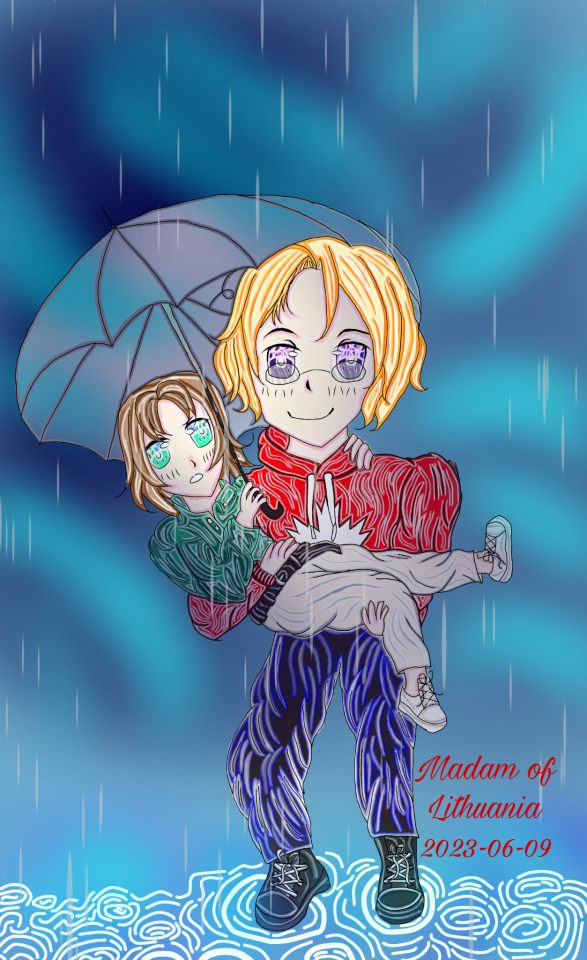
Mattie is holding his boyfriend Tolys
OMG i so excited for my OTPs week 🤗 😍 ☺️
#lietcan week 2023#lietcan week#lithuanian artist#baltic artist#european artist#beginner artist#wannabe artist#small artist#queer artist#lesbian artist#female artist#my art work#my artwork#anime art#digital art#hetalia#ヘタリア#canliet#lietcan#canada x lithuania#aph canada#aph lithuania#hws canada#hws lithuania#hetalia canada#hetalia lithuania#lithuanian hetalian#hetalian
50 notes
·
View notes
Text

SUMMARY: After setting her serial killer boyfriend on fire, a paranoid delusional woman gets a job at an all-night gas station.
#open 24 hours (2018)#psychological horror#thriller#2010s#canada#serbia#north american movie#european movie#horror#movie#poll#more than 50% havent heard
45 notes
·
View notes